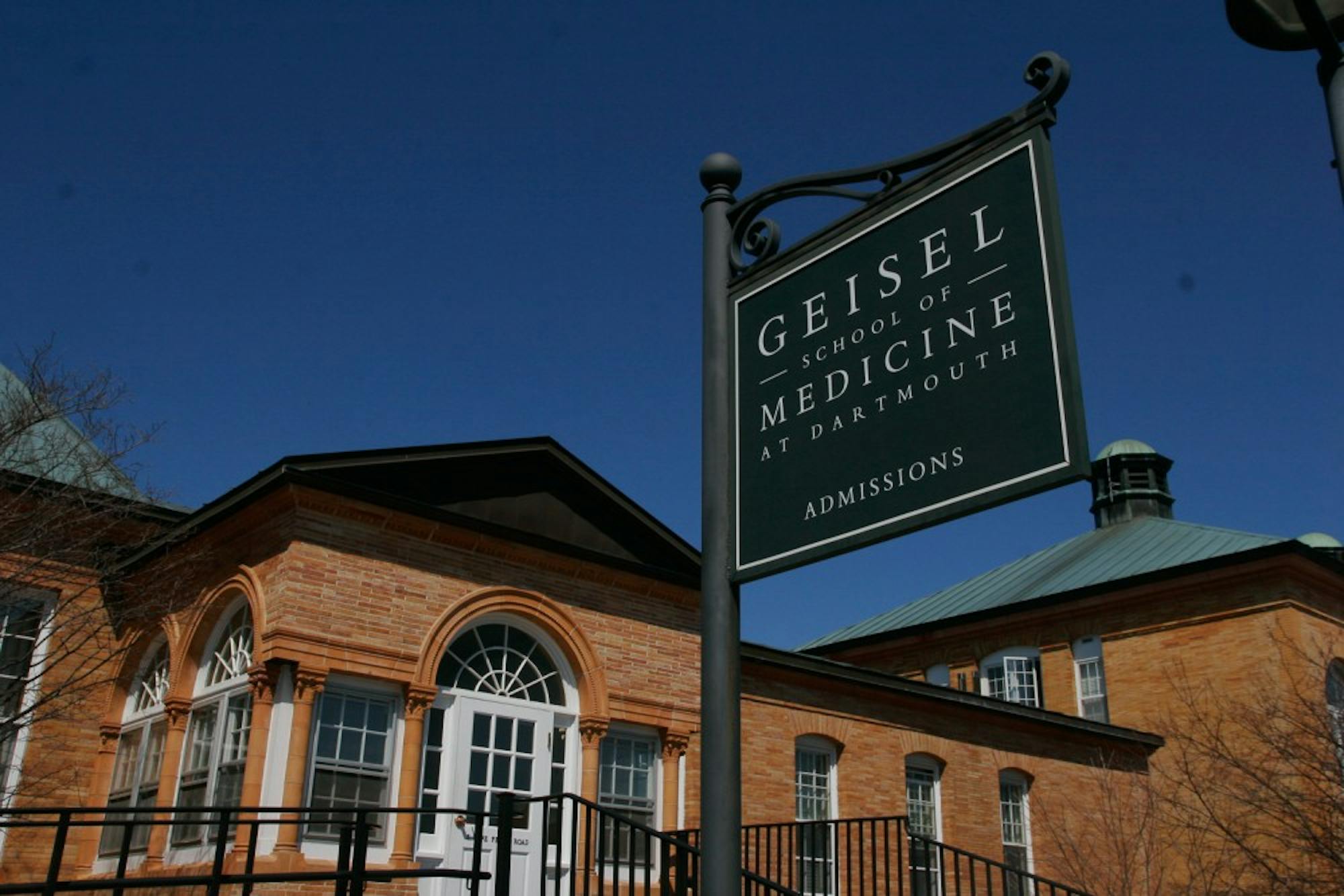As medical schools across the country see a record number of applications and enrollments this year, the Geisel School of Medicine is also seeing an increase in applications, though the school has no plans to increase enrollment.
Geisel has received over 5,200 applications so far, compared with 4,439 applications at the same time last year, senior associate dean of medical education Richard Simons said. Geisel’s official deadline is Nov. 1, though this is not a “hard” deadline, Simons said.
Financial aid director Dino Koff said application numbers remained relatively consistent in past years, and this year represents a “significant bump.” Between 2009 and 2012, the total number of Geisel applications ranged from 5,157 to 5,297, according to the Dartmouth Fact Book.
Geisel is still aiming to enroll 84 first-year students from this application cycle. Its enrollment numbers have typically fluctuated between 80 and 90.
This year, the national total of medical school applicants increased 6.1 percent to 48,014, and the number of first-time applicants also increased 5.8 percent to 35,727, according to a report released by the Association of American Medical Colleges last Thursday. Overall national enrollment numbers for first-year medical school students reached 20,055 this year, exceeding 20,000 for the first time. Medical schools have seen a growth of 21.6 percent in first-year students since 2002.
Simons attributed the change to an increase in the demand for physicians in the United States, which makes medical school an appealing option for undergraduates.
“In many predictions about the future work force in the health care industry, individuals and organizations are anticipating a significant deficiency in physicians,” Simons said. “With the passing of the Affordable Care Act, there are also more patients, so the demand for physicians has increased as well.”
The prominence of Geisel’s global health program may have also attracted applicants, as many expressed an interest in global health in their applications, Koff said.
The overall growth in medical school enrollment is partly due to the expansion of class sizes in existing medical schools and the creation of new schools in Long Island, Scranton and northern Michigan, Geisel professor of medicine and psychiatry Joseph O’Donnell said.
“Schools in urban areas especially have larger patient-based populations to send their medical students to, so they have capacity to expand,” O’Donnell said.
Geisel, however, is limited by the number of clinical sites where it can send students during their third and fourth years of medical school and desires to maintain the current faculty to student ratio.
“We think smaller class size is a real strength of the medical school that’s similar to the experience that many undergraduates have here,” Simons said.
The association’s report noted two significant gains in terms of applicant diversity. The number of first-time female applicants increased by 6.9 percent after remaining unchanged in 2012, and the number of enrolled Hispanic students in medical school also increased by 5.5 percent.
Koff said Geisel saw similar gains this year.
“This year’s entering class has also yielded considerably more female students and students with Hispanic backgrounds than in the past,” Koff said.
While it is hard to predict whether applicant numbers will continue to grow, Simons said he would not be surprised if the trend continues.
“It depends a lot on what happens with the Obama administration and how our country responds to all the challenges of the health care system,” Simons said. “That being said, our economy’s health care sector continues to do very well, and there will always be enough demand out there for health care services.”
In 2006, the association called for a 30 percent increase in medical school enrollment, and in 2013, 14 medical schools expanded their class sizes by over 10 percent. Four new medical schools also enrolled their first classes this year.
The expanded enrollment did not affect the strength of this year’s national application pool, according to the report. The average undergraduate GPA reported by this year’s applicants was a 3.54, and the combined median MCAT score was a 29.




